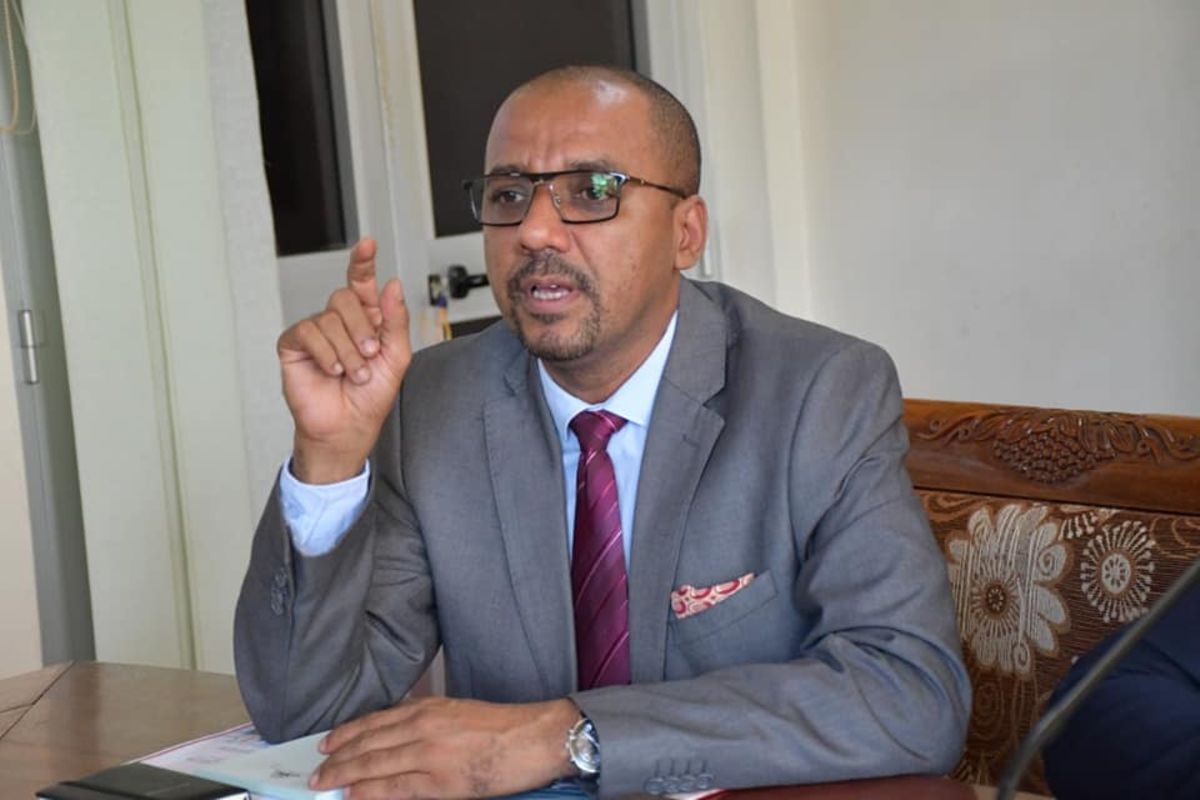The Zanzibar ministry of blue economy and fisheries has signed an agreement of cooperation with the ministry of oceans and fisheries of the Republic of Korea for the feasibility study to construct a fishing port and development of fishery infrastructure in Zanzibar.
During the signing ceremony held at the Zanzibar Utilities Regulatory Authority (ZURA), the Zanzibar blue economy and fisheries minister Shaaban Ali Othman said it is a timely project that aim at boosting the country’s economy through fishing as well as increase the income of individual citizens.
“We are happy to begin the implementation of this big project by having a feasibility study. We hope a modern fishing port will attract international ships to Zanzibar,” Mr Othman said.
He added that the port is expected to create jobs for the young people in the isles. He said the survey will involve the areas of Mangapwani and Mkokotoni on the side of Unguja and Micheweni and Shumba Viamboni on the side of Pemba with the aim of finding one suitable place on each main Island for the project.
“We thank the government of the Republic of Korea for the good relations and funding the research,” said the minister.
He added that the construction of fishing ports will also support small-scale and medium fishermen to benefit from their work.
Also Read: Z’bar vows more reforms to woo investors
He informed the gathering that the number of fishermen has been growing along with increasing fishing activities, but many still cannot fish in the deep sea, “The government is talking to various stakeholders to train and provide facilities so that Zanzibar fishers can fish in the deep-sea areas,” he noted.
Mr Othman said that the feasibility study will be conducted for six months, after which the construction will begin in a short time after evaluation.
The Minister also revealed that plans are underway to construct two separate fish processing factories, one in Unguja and the other in Pemba.
Permanent Secretary (PS) of the Ministry Captain Hamad Bakari said the construction of fishing ports in Zanzibar is needed as Zanzibar is an island country and is surrounded by the sea, “The fishing ports will open Zanzibar economically and attract fishing vessels and investors.”
“He explained that there are many large fishing vessels that would like to come to Zanzibar but the biggest challenge is that there is no large fishing port,” said the PS.
Speaking on behalf of the delegation from Korea, Hee Kyung Kim said they are in Zanzibar to conduct a feasibility study because of the good relations and commitment shown between the two sides.
“We promise to work hard and professionally to ensure the port is well constructed and completed on time,” he said.
Source: allafrica.com














